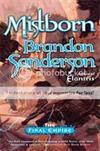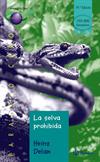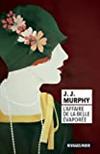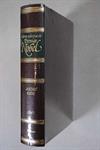
The Serpent and the Moon: Two Rivals for the Love of a Renaissance King
1 journaler for this copy...
This was the surprise book for the holidays that my daughter offered me, and I plunged right into it with great joy! It is well researched and although occasionally a bit heavy on the royal names and relations, I'm not sure that can be helped. I learned so much from it, even though I have read much about this period and adore every trip I have made to the Loire Valley where many of the events center. This slice of history deals with the French Renaissance, the 16th century, and though it is primarily focused on the lives and fates of two enormously important women and rivals, Catherine de Medici and Diane de Poitiers, of necessity it gives us the lives and characters of other important people. Although these two women are the focus because of their importance in the life of King Henri II (Catherine the wife and Diane the never officially declared royal mistress), their triangle cannot be understood out of the political context of the century which really begins with the greatest of the Renaissance kings, François Ier. Princess Michael of Kent dispels convincingly the rumor that Diane was first mistress to François Ier, as is often repeated. She shows us the upbringing of the young Diane de Poitiers under the tutelage of the formidable noblewoman Anne de Beaujeu, and her very happy successful marriage to an older man, Louis de Brézé with whom she had her children. Widowed at a fairly young age, she was the beloved Lady of Henri II, who was 19 years her junior, a chivalric all consuming love which lasted his whole lifetime but was kept very discreet, to the point that Diane was considered by most to be more a sage counsel and support than a physical lover. Catherine (the serpent) was not of royal blood and in a marriage to a man she loved but who did not love her, as was the case with most politically arranged marriages of the period. Diane (the Moon) was an amazingly accomplished woman of grace, beauty and political astuteness, but her focus was Henri, not so much politics. I now would like to visit the castle of Anet where so much of her (and Henri's) life took place, and which I have never seen, and I want to find in the Louvre the lunette from the entrance portico of Anet. Emperor Charles V, King Henry VII of England, Young Mary Queen of Scots who married the eldest son of Henri II, and others have taken a much clearer historical spot in my mind after finishing this book. I will be lending this book to a friend in my book club (who isn't yet a bookcrosser!), then I'll send it out travelling elsewhere!













